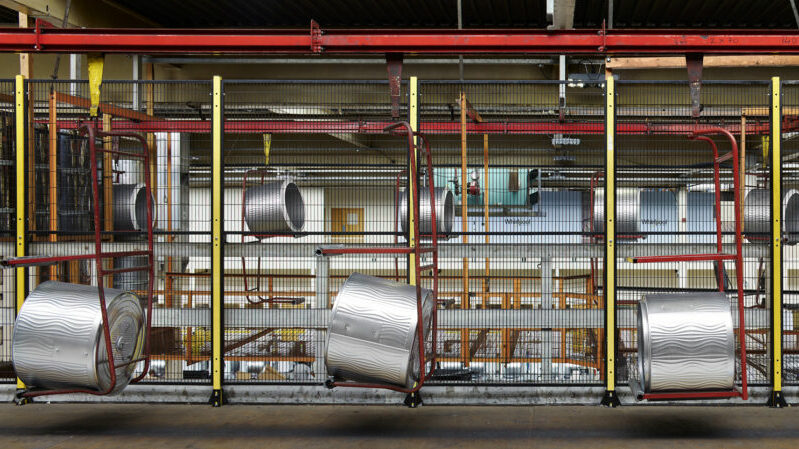A global leader of domestic appliances has committed to net zero emissions in its plants and operations by 2030.
Whirlpool Corporation, the owner of a number of brands including KitchenAid and Maytag, says the target covers direct and power-related emissions from over 30 of its manufacturing and distribution sites around the world.
The company has also committed to reducing emissions associated with the use of its products by 20% compared to 2016 levels and aims to employ a “holistic and authentic” approach to reach its goal.
“Whirlpool Corporation has a longstanding commitment to sustainability and we established our first office for sustainability over 50 years ago,” said Marc Bitzer, chairman and CEO of Whirlpool Corporation. “Our net zero commitment is an important milestone in our ongoing effort to improve life at home by protecting our planet and communities.”
Whirlpool plans to work with the Science Based Targets initiative (SBTi), a group that defines and promotes best practice in net-zero targets in line with climate science, to receive approval on its net zero commitments.
In 2020, SBTi approved Whirlpool Corporation’s greenhouse gas emissions reduction targets (Scopes 1 & 2) as consistent with reductions required to keep global warming to well below 2C, joining more than 1,000 businesses working with SBTi.
As part of the process surrounding its net zero commitments, the corporation will work towards 100% renewable energy by building on-site solar and wind installations and through virtual power purchase agreements, most recently constructing its first VPPA-financed project in Texas earlier this year.
The company also plans to improve energy efficiency within factories and distribution centres through the implementation of LEDs and energy management systems and invest in carbon removal technology to offset any remaining plant emissions.
“This is nothing new for us,” said Whirlpool’s Global Sustainability Director Ron Voglewede, adding, “the office I sit in was formed in 1969, so it’s a huge responsibility, and honour, when we look at the legacy Whirlpool has had over the last 50 years in this space.
“We want to continue our leadership in setting aggressive goals, build on our commitments, and really drive what we think is a no compromise approach to address these issues,” he said.
Whirlpool continues to make its appliances more water and energy-efficient, including by investing in innovations that automate water levels and utilise cold settings.
Last year, the corporation teamed up with the University of Michigan to study the differences between hand-washing and machine dishwashing techniques. The team’s findings, published in the Environmental Research Communications journal, revealed that in most cases a dishwasher uses less water and energy than manual practices, particularly when compared to the typical running tap method.
“You hear the machine in the background and think it’s using a ton of water and energy, but that’s not the case, and in fact it’s much more energy and water efficient and saves 30 minutes, which is what matters to most people – so you run that dishwasher” said Voglewede.
“And the benefits of appliances, when considering health and hygiene, are huge. There’s been a great leap forward when you think of the massive developments in food and medicine storage, as well as sanitisation; they play a huge role in our daily lives.”
This post was sponsored by Whirlpool Corporation. See our editorial guidelines for what this means.
